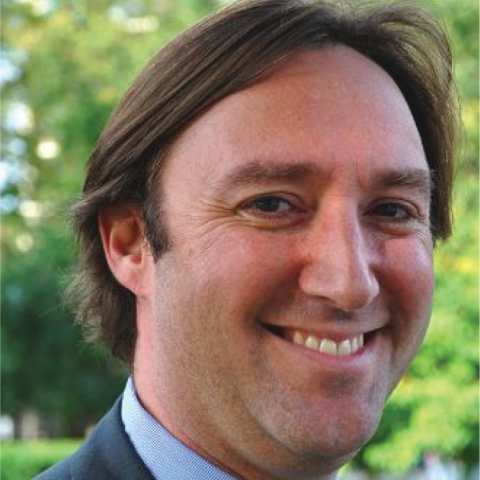Nuclear weapons experts David Albright and Sarah Burkhard of the Institute for Science and International Security provide a meticulously researched analysis of Iran’s nuclear development activities in their new book, Iran’s Perilous Pursuit of Nuclear Weapons. Based on their rare and extensive access to 300 tons of documents in Iran’s Atomic Archives, they reveal several previously unknown aspects of Iran’s nuclear weapons program, including a unique advanced indigenous design for a nuclear weapon just 55cm in diameter requiring less than 25kg of weapons grade uranium; a crash program designed to test and complete five ballistic capable nuclear weapons; as well a substantial site infrastructure for the enrichment, fabrication, manufacturing and testing of nuclear weapons cores and triggers.
International Atomic Energy Agency (IAEA) Chair Rafael Grossi, in a March 23 interview with Newsweek, said Iran must come clean about past undeclared nuclear activity, including recent findings of undeclared uranium, if there is any possibility to revive the 2015 nuclear deal, or JCPOA. Grossi added that "detailed and technical discussions" are needed to address the issue of Iran’s past undeclared work — including ascertaining the location of Iran’s undeclared stockpile of enriched uranium — which the world’s nuclear watchdog explained is "totally connected" to the future of the deal.
Underscoring the urgency of Grossi’s point, following the IAEA Board of Governors June 10 meeting and reports on Iran’s NPT & JCPOA non-compliance, the Group of Seven nations (G7) issued a communique reiterating a joint commitment to “ensuring that Iran will never develop a nuclear weapon...ensuring the exclusively peaceful nature of Iran’s nuclear programme…and to ensure full and timely cooperation with the International Atomic Energy Agency.” The statement was met with unusual outrage and defiance by Iran’s President Hassan Rouhani, who warned that Iran can expand its nuclear program “on any day, at any hour” to increase uranium enrichment beyond the current level of 63 percent, which is already sufficiently enriched to fuel a nuclear weapon.
Given the importance of Iran fully addressing its undeclared nuclear activity, this table identifies the locations of Amad and post-Amad facilities in various states, including razed, shut down, repurposed, or possibly still active, which is relevant to the IAEA’s efforts to determine the origin of undeclared nuclear materials, fate of undeclared facilities and activities, the completeness of Iran’s nuclear declaration, and whether nuclear weapons efforts have ended or in fact are ongoing. Such a determination requires IAEA visits to key sites in the Amad and post-Amad programs.

















